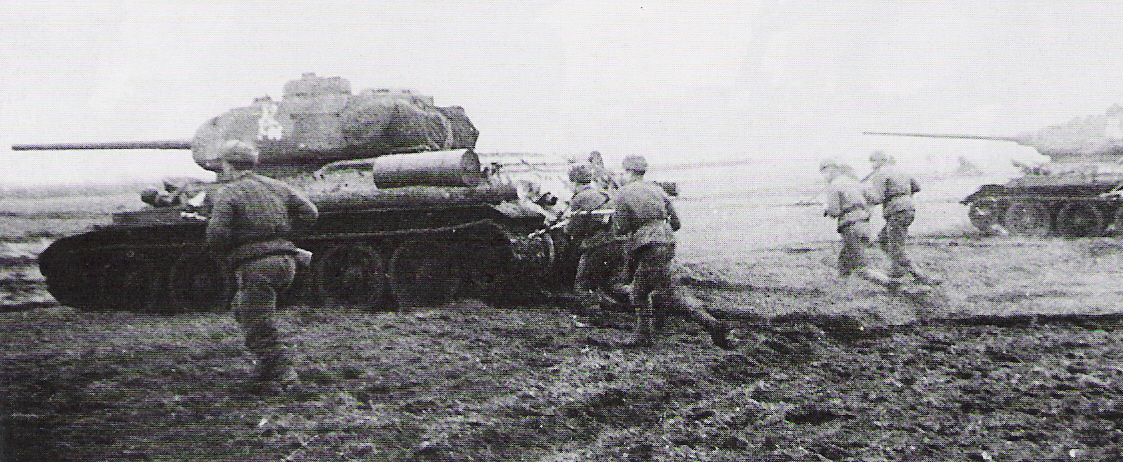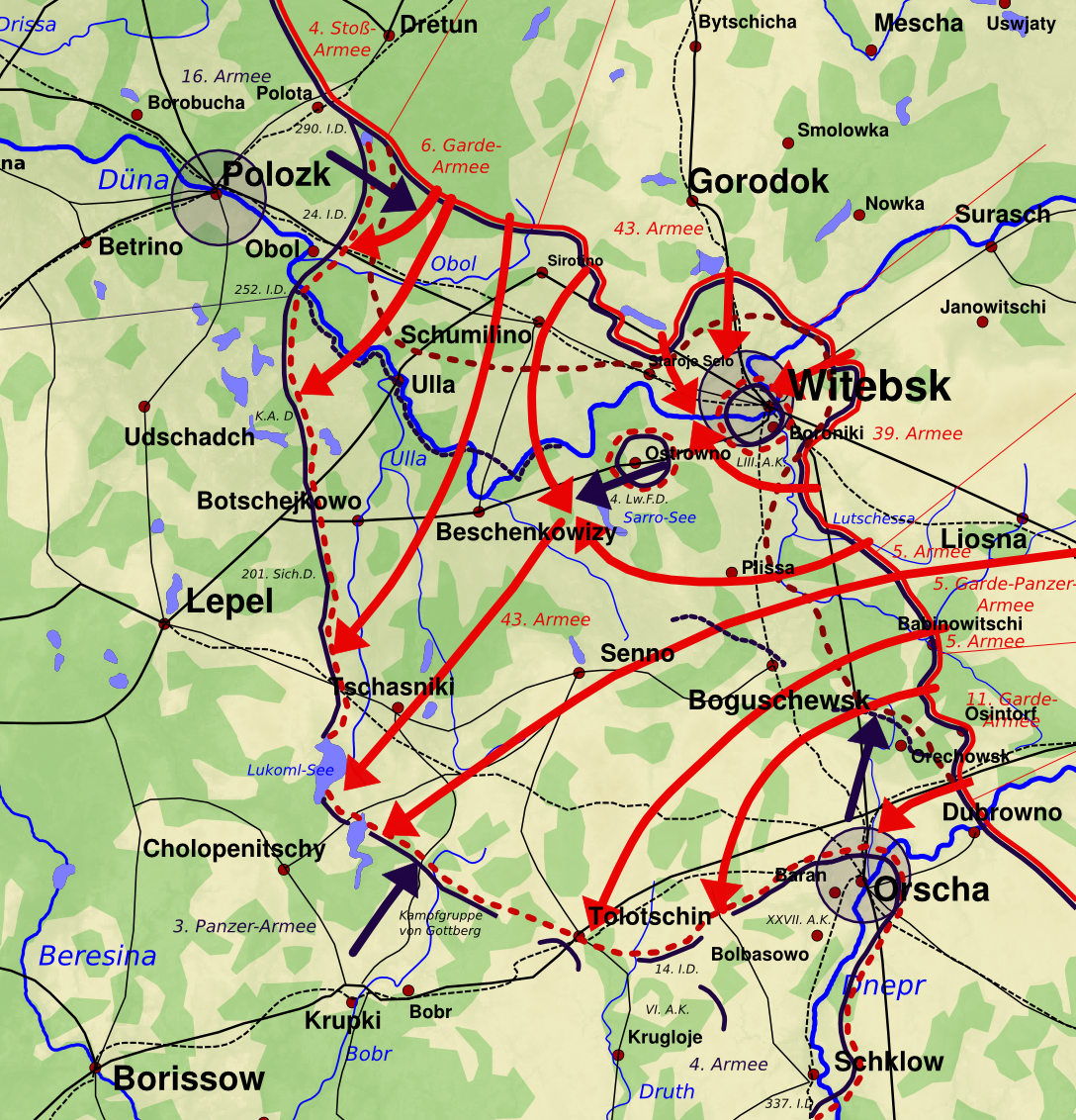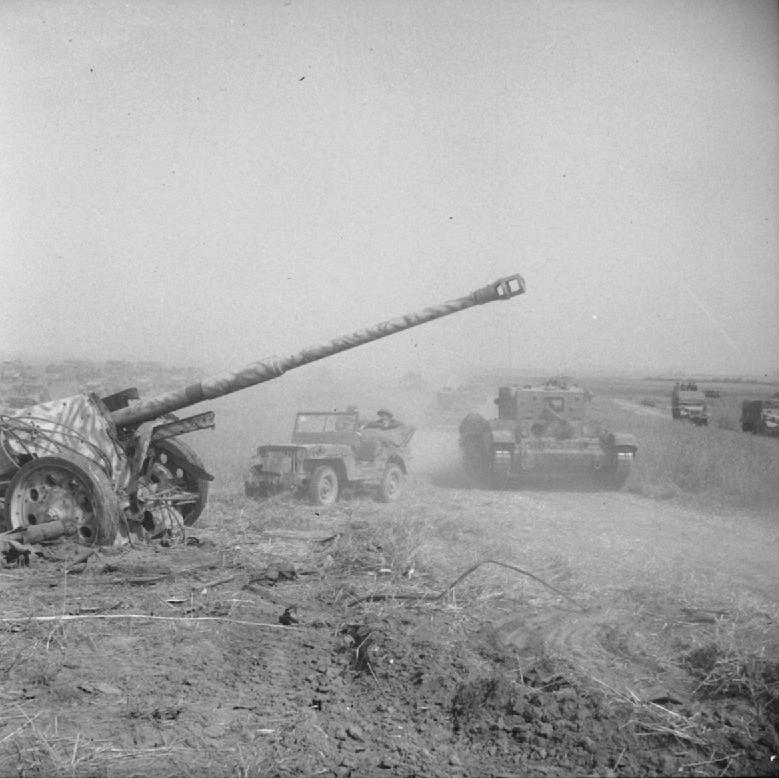|
Siege Of Budapest
The siege of Budapest or battle of Budapest was the 50-day-long encirclement by Soviet and Romanian forces of the Hungarian capital of Budapest, near the end of World War II. Part of the broader Budapest Offensive, the siege began when Budapest, defended by Hungarian and German troops, was encircled on 26 December 1944 by the Red Army and the Romanian Army. During the siege, about 38,000 civilians died through starvation, military action, and mass executions of Jews by the far-right Hungarian nationalist Arrow Cross Party. The city unconditionally surrendered on 13 February 1945. It was a strategic victory for the Allies in their push towards Berlin. General situation Having suffered nearly 200,000 deaths in three years fighting the Soviet Union, and with the front lines approaching its own cities, Hungary was by early 1944 ready to exit World War II. As political forces within Hungary pushed for an end to the fighting, Germany preemptively launched Operation Margarethe on ... [...More Info...] [...Related Items...] OR: [Wikipedia] [Google] [Baidu] |
Capital (political)
A capital city, or just capital, is the municipality holding primary status in a country, state, province, department, or other subnational division, usually as its seat of the government. A capital is typically a city that physically encompasses the government's offices and meeting places; the status as capital is often designated by its law or constitution. In some jurisdictions, including several countries, different branches of government are in different settlements, sometimes meaning multiple official capitals. In some cases, a distinction is made between the official ( constitutional) capital and the seat of government, which is in another place. English-language media often use the name of the capital metonymically to refer to the government sitting there. Thus, "London-Washington relations" is widely understood to mean diplomatic relations between Great Britain and the United States. Terminology and etymology The word ''capital'' derives from the Latin wor ... [...More Info...] [...Related Items...] OR: [Wikipedia] [Google] [Baidu] |
Ferenc Szálasi
Ferenc Szálasi (; 6 January 1897 – 12 March 1946) was a Hungarian military officer, politician, Nazi sympathizer and founder of the far-right Arrow Cross Party who List of prime ministers of Hungary, headed the government of Hungary during the German invasion of Hungary (1944), country's occupation by Nazi Germany in the final stages of World War II. Szálasi served with distinction during World War I as an officer in the Austro-Hungarian Army. In 1925, he became a Staff (military), staff officer of the restored Kingdom of Hungary (1920–1946), Kingdom of Hungary under Regent Miklós Horthy. Initially apolitical, Szálasi embraced right-wing ultranationalism in the early 1930s and became a passionate advocate of the Hungarian irredentism, irredentist Hungarism. In 1937, he founded the Hungarian National Socialist Party, having retired from the military and fully devoted himself to politics. He attracted considerable support through his virulently nationalist and antisemi ... [...More Info...] [...Related Items...] OR: [Wikipedia] [Google] [Baidu] |
Nazism
Nazism (), formally named National Socialism (NS; , ), is the far-right totalitarian socio-political ideology and practices associated with Adolf Hitler and the Nazi Party (NSDAP) in Germany. During Hitler's rise to power, it was frequently referred to as Hitler Fascism () and Hitlerism (). The term " neo-Nazism" is applied to other far-right groups with similar ideology, which formed after World War II, and after Nazi Germany collapsed. Nazism is a form of fascism, with disdain for liberal democracy and the parliamentary system. Its beliefs include support for dictatorship, fervent antisemitism, anti-communism, anti-Slavism, anti-Romani sentiment, scientific racism, white supremacy, Nordicism, social Darwinism, homophobia, ableism, and the use of eugenics. The ultranationalism of the Nazis originated in pan-Germanism and the ethno-nationalist '' Völkisch'' movement which had been a prominent aspect of German ultranationalism since the late 19th centu ... [...More Info...] [...Related Items...] OR: [Wikipedia] [Google] [Baidu] |
Operation Panzerfaust
Operation Panzerfaust () was a military operation undertaken in October 1944 by the German to ensure the Kingdom of Hungary (1920–1946), Kingdom of Hungary would remain a German ally in World War II. When German leader Adolf Hitler received word that Hungary's Regent of Hungary, Regent, Admiral Miklós Horthy, was secretly negotiating his country's surrender to the advancing Red Army, he sent commando leader Otto Skorzeny of the Waffen-SS and former special forces commander Adrian von Fölkersam to Hungary. Hitler feared that Hungary's surrender would expose his southern flank, where Kingdom of Romania, Romania had just joined with the Soviets and cut off a million German troops still fighting the Soviet advance in the Balkans. The operation was preceded by Operation Margarethe in March 1944, which was the occupation of Hungary by German forces, which Hitler had hoped would secure Hungary's place in the Axis powers. This had also enabled the The Holocaust in Hungary, deportation ... [...More Info...] [...Related Items...] OR: [Wikipedia] [Google] [Baidu] |
Miklós Horthy
Miklós Horthy de Nagybánya (18 June 1868 – 9 February 1957) was a Hungarian admiral and statesman who was the Regent of Hungary, regent of the Kingdom of Hungary (1920–1946), Kingdom of Hungary Hungary between the World Wars, during the interwar period and most of World War II, from 1 March 1920 to 15 October 1944. Horthy began his career as a Junior lieutenant, sub-lieutenant in the Austro-Hungarian Navy in 1896 and attained the rank of rear admiral by 1918. He participated in the Battle of the Strait of Otranto (1917), Battle of the Strait of Otranto and ascended to the position of commander-in-chief of the Navy in the final year of World War I. Following mutinies, Charles I of Austria, Emperor-King Charles I and IV appointed him a vice admiral and commander of the Fleet, dismissing the previous admiral. During the revolutions and interventions in Hungary (1918–1920), revolutions and interventions in Hungary from Czechoslovakia, Kingdom of Romania, Romania, and Kingd ... [...More Info...] [...Related Items...] OR: [Wikipedia] [Google] [Baidu] |
Operation Bagration
Operation Bagration () was the codename for the 1944 Soviet Byelorussian strategic offensive operation (), a military campaign fought between 22 June and 19 August 1944 in Byelorussian Soviet Socialist Republic, Soviet Byelorussia in the Eastern Front (World War II), Eastern Front of World War II, just over two weeks after the start of Operation Overlord in the west. It was during this operation that Nazi Germany was forced to fight simultaneously on two major fronts for the first time since the war began. The Soviet Union destroyed 28 of the divisions of Army Group Centre and completely shattered the German front line. The overall engagement is the largest defeat in German military history, with around 450,000 German casualties, while setting the stage for the subsequent isolation of 300,000 German soldiers in the Courland Pocket. On 22 June 1944, the Red Army attacked Army Group Centre in Byelorussia, with the objective of encircling and destroying its main component armies. By ... [...More Info...] [...Related Items...] OR: [Wikipedia] [Google] [Baidu] |
Falaise Pocket
The Falaise pocket or battle of the Falaise pocket (; 12–21 August 1944) was the decisive engagement of the Battle of Normandy in the Second World War. Allied forces formed a pocket around Falaise, Calvados, in which German Army Group B, consisting of the 7th Army and the Fifth Panzer Army (formerly ), were encircled by the Western Allies. The battle resulted in the destruction of most of Army Group B west of the Seine, which opened the way to Paris and the Franco-German border. Six weeks after the 6 June 1944 Allied invasion of Normandy, German forces were in turmoil, having expended irreplaceable resources defending the frontline and with Allied air superiority threatening the availability of food and ammunition. However, on the Allied side, British forces had expected to liberate Caen immediately after the invasion, an operation which ended up taking nearly two months, and US forces had expected to control Saint-Lô by the 7 June, yet German resistance delayed this u ... [...More Info...] [...Related Items...] OR: [Wikipedia] [Google] [Baidu] |
Operation Overlord
Operation Overlord was the codename for the Battle of Normandy, the Allies of World War II, Allied operation that launched the successful liberation of German-occupied Western Front (World War II), Western Europe during World War II. The operation was launched on 6 June 1944 (D-Day (military term), D-Day) with the Normandy landings (Operation Neptune). A 1,200-plane Airborne forces, airborne assault preceded an amphibious warfare, amphibious assault involving more than 5,000 vessels. Nearly 160,000 troops crossed the English Channel on 6 June, and more than two million Allied troops were in France by the end of August. The decision to undertake cross-channel landings in 1944 was made at the Washington Conference (1943), Trident Conference in Washington, D.C., Washington in May 1943. American General Dwight D. Eisenhower was appointed commander of Supreme Headquarters Allied Expeditionary Force, and British General Bernard Montgomery was named commander of the 21st Army Group, ... [...More Info...] [...Related Items...] OR: [Wikipedia] [Google] [Baidu] |
Operation Margarethe
In March 1944, Hungary was occupied by the Wehrmacht. This invasion was formally known as Operation Margarethe (Unternehmen Margarethe). Course of events Hungarian Prime Minister Miklós Kállay, who had been in office from 1942, had the knowledge and the approval of Hungarian Regent Miklós Horthy to secretly seek negotiations for a separate peace with the Allies in early 1944. Hitler wanted to prevent the Hungarians from deserting Germany. On 12 March 1944, German troops received orders by Hitler to capture critical Hungarian facilities. Hitler invited Horthy to the Palace of Klessheim, near Salzburg. On the evening of 15 March 1944, when Admiral Horthy was watching a performance of the opera ''Petofi'', he received an urgent message from the German Embassy minister Dietrich von Jagow, which stated that he had to see Horthy immediately at the German legation. When Horthy arrived, von Jagow gave him a letter from Hitler saying Hitler wanted to see him at Schloss Klessheim ... [...More Info...] [...Related Items...] OR: [Wikipedia] [Google] [Baidu] |
Berlin
Berlin ( ; ) is the Capital of Germany, capital and largest city of Germany, by both area and List of cities in Germany by population, population. With 3.7 million inhabitants, it has the List of cities in the European Union by population within city limits, highest population within its city limits of any city in the European Union. The city is also one of the states of Germany, being the List of German states by area, third smallest state in the country by area. Berlin is surrounded by the state of Brandenburg, and Brandenburg's capital Potsdam is nearby. The urban area of Berlin has a population of over 4.6 million and is therefore the most populous urban area in Germany. The Berlin/Brandenburg Metropolitan Region, Berlin-Brandenburg capital region has around 6.2 million inhabitants and is Germany's second-largest metropolitan region after the Rhine-Ruhr region, as well as the List of EU metropolitan areas by GDP, fifth-biggest metropolitan region by GDP in the European Union. ... [...More Info...] [...Related Items...] OR: [Wikipedia] [Google] [Baidu] |
Allies Of World War II
The Allies, formally referred to as the United Nations from 1942, were an international Coalition#Military, military coalition formed during World War II (1939–1945) to oppose the Axis powers. Its principal members were the "Four Policemen, Big Four" – the United Kingdom, United States, Soviet Union, and Republic of China (1912–1949), China. Membership in the Allies varied during the course of the war. When the conflict broke out on 1 September 1939, the Allied coalition consisted of the United Kingdom, French Third Republic, France, and Second Polish Republic, Poland, as well as their respective Dependent territory, dependencies, such as British Raj, British India. They were joined by the independent dominions of the British Commonwealth: Canada, Australia, Dominion of New Zealand, New Zealand and Union of South Africa, South Africa. Consequently, the initial alliance resembled Allies of World War I, that of the First World War. As Axis forces began German invasion of ... [...More Info...] [...Related Items...] OR: [Wikipedia] [Google] [Baidu] |








